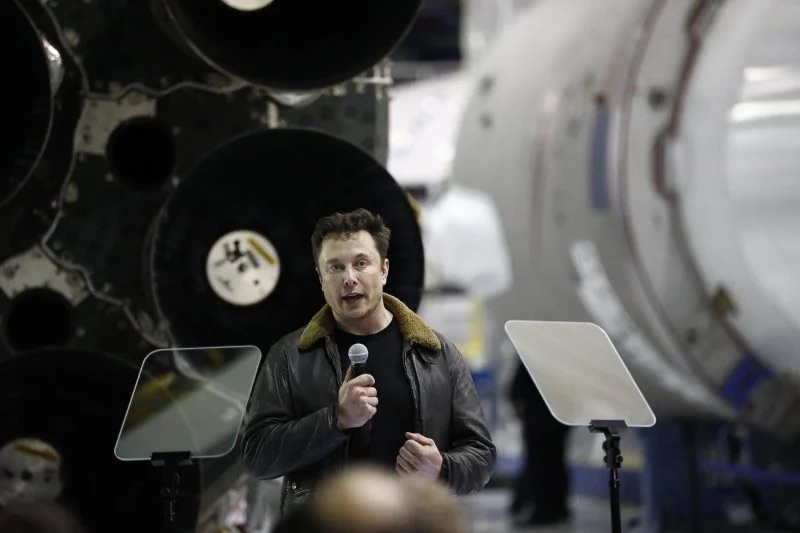
Elon Musk announced on Thursday that he is providing Starlink satellite internet terminals to the Federal Aviation Administration (FAA). This move accompanies his claims, made without presenting evidence, that existing technology jeopardizes air travel safety. Musk, a significant advisor to President Donald Trump tasked with reducing federal expenditures, shared these statements via his social media platform, X.
Executives from major airlines have countered Musk’s assertions, informing CNBC that they do not perceive any current technologies as threats to air safety. The FAA, which oversees Musk’s SpaceX operations, has not immediately responded but noted earlier in the week its ongoing tests with Starlink technology in specific U.S. locations.
FAA’s Testing and Potential Contract Changes
Reports suggest that the FAA is testing the Starlink system as a part of its exploration into enhancing reliability at remote sites, especially in Alaska. Additionally, there are rumors of the FAA nearing a decision to replace Verizon with Starlink for certain air traffic control communications, a contract switch sparked by alleged rapid deterioration in the current system, a claim initially misattributed to Verizon but later corrected to L3Harris.
While the FAA has not commented on these speculative contract changes, Verizon has confirmed its ongoing efforts to develop next-generation air traffic control technologies. Concerns have been raised by some Democratic lawmakers about potential conflicts of interest due to Musk’s dual role in the administration and as CEO of SpaceX.
The recent catastrophic collision involving an American Airlines jet and an Army helicopter has intensified discussions around U.S. air safety and the need for modernizing air traffic control systems. The aviation industry, supported by labor unions, is advocating for emergency funding to address these modernization and staffing needs.
What The Author Thinks
Elon Musk’s proposal to integrate Starlink technology into FAA operations presents an intriguing prospect for enhancing communication infrastructures within air traffic control. However, the approach raises significant concerns regarding the balance between rapid technological adoption and thorough safety verifications. While innovation in aviation technology is crucial, it must not outpace the rigorous checks that ensure these advancements do not compromise safety. The FAA’s cautious testing of Starlink is a step in the right direction, but as the aviation sector seeks modern solutions, transparency and evidence-based assertions must guide public communications and policy decisions. This ensures that the pursuit of innovation does not undermine the foundational trust and safety that are paramount in aviation.
Featured image credit: FMT
Follow us for more breaking news on DMR
